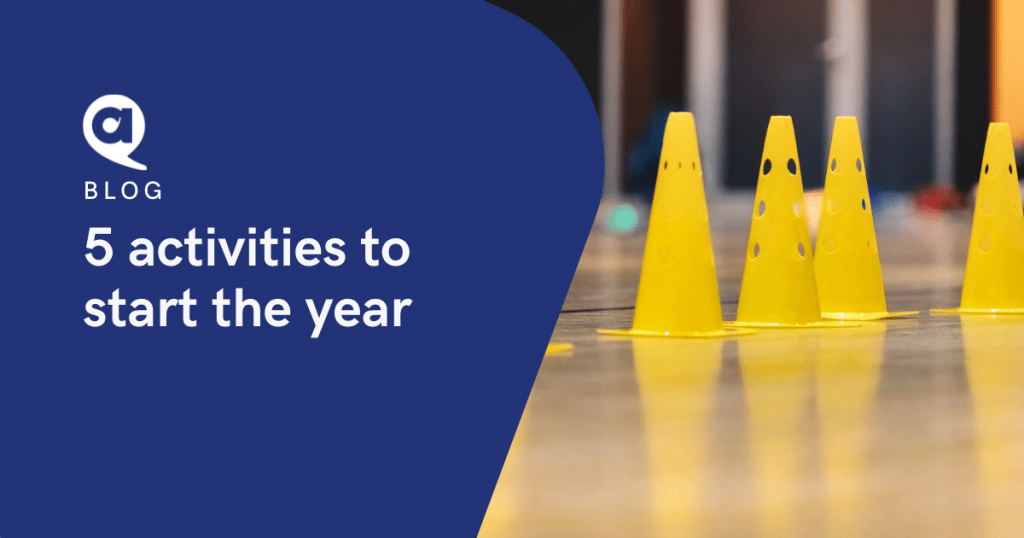
27 January 2022
Kristy O’Mahony,
ACHPER Vice President
Danielle Hillier,
ACHPER Board member
Professional Learning and Resources sub-committee
Term 1 2022 is here. In the first few weeks, creating the foundation for positive relationships between all members of your class is important. Here are 5 activity ideas:
1. Student survey
Have students complete a short hand-written survey on their interests and learning habits. Examples include:
- What is one interesting fact about you? Eg. I can do a headstand, magic tricks
- What sports team do you support?
- I learn best when……. Eg. working in pairs, class discussion, note taking
- Is there anything you would like your teacher to know about you?
The last question can be really important. Students may let know that they do not like being asked questions in front of the rest of the class or they would like to sit away from another student.
2. Movement challenge
For the first few physical education lessons, have students form small groups to complete movement challenges. It’s a great way to observe student interactions in a variety of practical activities. It also helps you make a note of student groupings. Examples include:
- Individual movement challenges
- Juggling soccer ball – number
- Balancing on one foot with eyes closed – time
- Hula hooping – time
- Juggling two balls in one hand – number
- Standing Long Jump – m:cm
- Sit and reach past your toes – cm
- Skip with rope in 30 seconds – number
- BBall or netball shots in 30 sec. – number.
These challenges can be repeated later in the year as well.
3. BINGO
PDHPE teachers love being active, moving around the classroom and learning about our students. Creating personal bingo sheets is a great way to achieve this.
To do this, create a table with as many tasks, skills, attributes, experiences etc as you would like, keeping in mind the class size. For example, find someone who:
- has broken a bone
- plays sport on the weekend
- has the same favourite NRL team as you
- has won a grand final
- has travelled overseas
- can speak another language
- has a pet.
The aim of the game is for students to walk around and interact with each other and find a peer who meets the description in the bingo box.
The first student who has found a separate peer for all boxes calls “bingo” and is the winner. The teacher can then go through their bingo sheet and all students listed can demonstrate, discuss and share a bit about them.
4. Organised classroom
A term planner is a great way to establish organisation in your classroom. Have one enlarged and visible for all students. Note whole school events and class activities such as:
- carnivals
- assemblies
- assessment due dates
- class quizzes.
This can help students to have a visual understanding of upcoming tasks, commitments and preparation for the term.
5. Rotational activities
An idea for the first week is to provide rotational activities in your classroom. Setting up stations of various activities allows students to ease into new subject content, interact with new peers and explore multiple ways of learning.
Rotational activities could be focused on:
- creating
- writing
- designing
- building.
It provides opportunities for students to explore different modes of learning, and for teachers to recognise where and how their students thrive. It also provides opportunities for collaboration and communication.
Alternatively, choice boards. Instead of all students participating in each rotational activity, have these displayed as a choice board. Students can select which one they would like to participate in, demonstrating their preferred learning methods and strengths.
Podcast: Self-determination theory in the classroom
For the theory behind the importance of creating positive and supportive relationships – or Relatedness as proposed in Self Determination Theory – listen to this podcast. On Spotify:
Teaching Plus: Episode 23: Self-Determination theory in the classroom with Dr Geoff Bostick


